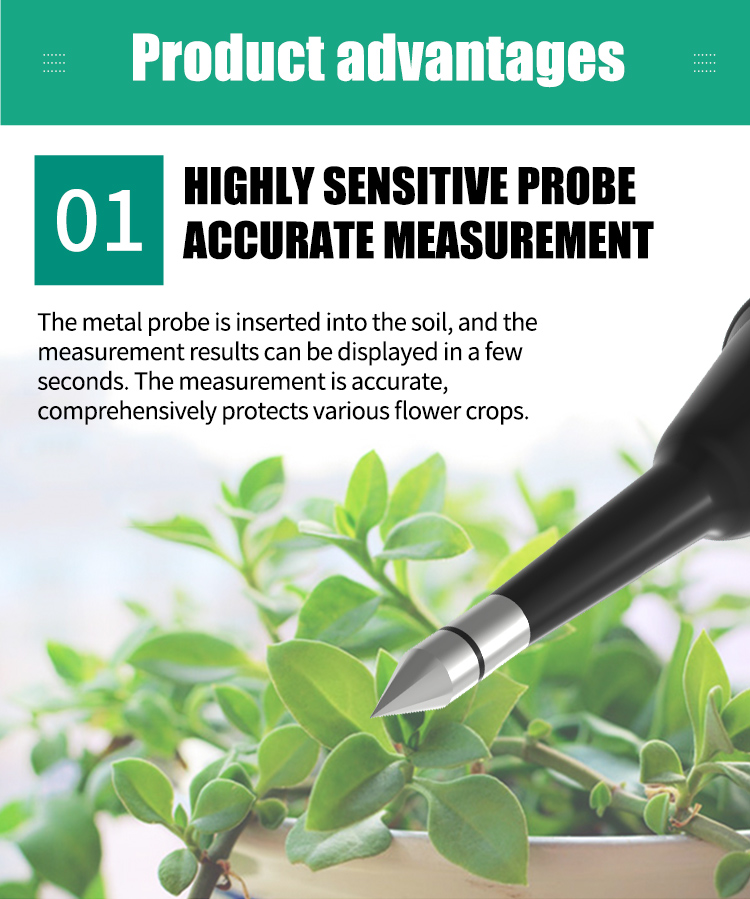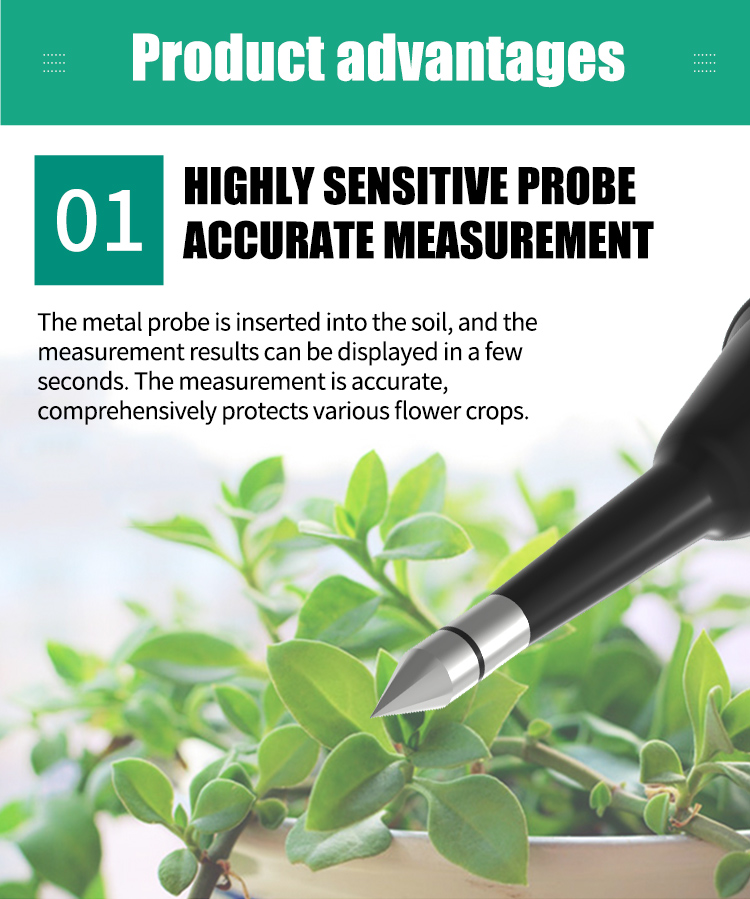Precision agriculture, also known as smart farming or digital agriculture, is revolutionizing the way we produce crops. By utilizing advanced technologies and data-driven approaches, precision agriculture aims to optimize crop production while minimizing resource waste and environmental impact. Among the various tools and technologies employed in precision agriculture, soil sensors play a crucial role. In this article, we will explore the significance of soil sensors in the precision agriculture revolution and how they contribute to optimized crop production.

The Need for Precision Agriculture:
With the world's population on the rise and shrinking arable land, there is an increasing demand for sustainable and efficient food production. Traditional farming practices often lack precision and rely on generalized management strategies that may not account for site-specific variations within a field. This can result in uneven crop growth, oversupply or underutilization of resources, and environmental degradation. Precision agriculture addresses these challenges by leveraging technology to collect and analyze data, enabling farmers to make informed decisions based on the specific needs of their crops.
What are Soil Sensors?
Soil sensors are devices that measure and monitor various soil parameters critical for crop growth. They are typically inserted into the ground at different depths to collect data such as soil moisture content, temperature, pH levels, nutrient availability, and electrical conductivity. Soil sensors provide real-time information, allowing farmers to assess the health and condition of the soil throughout the growing season accurately.
Optimized Irrigation Management:
Water is a scarce resource, and efficient irrigation management is essential for sustainable agriculture. Soil sensors aid in optimizing irrigation practices by continuously monitoring soil moisture levels. By collecting precise data on soil moisture content, farmers can tailor their irrigation schedules and amounts according to the specific needs of the crops and the prevailing weather conditions. This ensures that water is applied only when necessary, reducing water waste and improving water use efficiency.
Nutrient Management and Fertilizer Optimization:
Proper nutrient management is crucial for crop growth and productivity. Soil sensors provide valuable information about nutrient availability in the soil, allowing farmers to make informed decisions regarding fertilizer application. For example, soil sensors can measure the electrical conductivity of the soil, which indicates the concentration of dissolved ions, including essential nutrients. By monitoring these levels, farmers can adjust their fertilizer application rates and timing, maximizing nutrient uptake by the crops while minimizing excess nutrients that can cause environmental pollution.
Detecting Soil Variability and Yield Monitoring:
Soil conditions can vary significantly within a field, leading to inconsistent crop growth and yields. Soil sensors enable farmers to identify areas of the field with variations in moisture, nutrient content, or pH levels. This information allows for precise management strategies tailored to specific areas, such as variable-rate fertilization or targeted irrigation. Furthermore, soil sensors, in combination with other technologies such as remote sensing and GPS, can facilitate yield monitoring by providing insights into crop performance across different sections of a field. Such data aids in identifying factors that contribute to yield variability, enabling farmers to take corrective actions for improving overall productivity.
Environmental Impact Reduction:
Precision agriculture aims to reduce the environmental impact of crop production through optimized resource utilization. Soil sensors play a key role in achieving this goal. By providing real-time data on soil conditions, farmers can fine-tune their management practices, minimizing the use of fertilizers, pesticides, and water to levels that are exactly required by the crops. This not only reduces input waste but also helps prevent nutrient runoff and groundwater contamination. Additionally, by precisely applying inputs only where they are needed, precision agriculture minimizes the environmental footprint associated with agricultural activities.
Integration with Other Precision Agriculture Technologies:
Soil sensors are just one component of a comprehensive precision agriculture system. They work synergistically with other technologies such as GPS, remote sensing, and data analytics to enable a holistic approach to crop management. By integrating soil sensor data with satellite imagery, weather data, and historical records, farmers can gain a more comprehensive understanding of their fields and make data-driven decisions to optimize yields and sustainability.
Future Developments and Challenges:
The field of precision agriculture is continually evolving, and soil sensor technol






